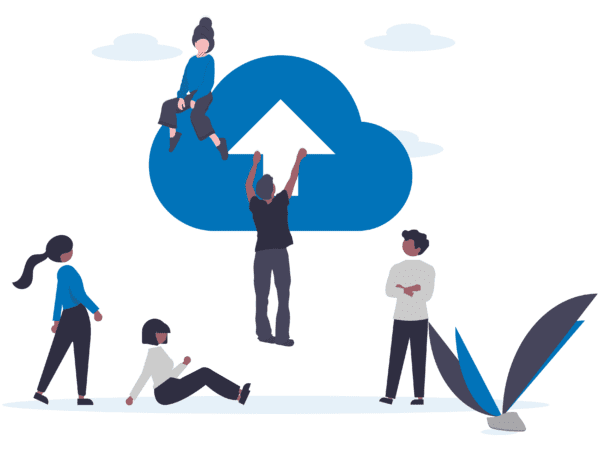McKinsey: How agile can power frontline excellence
An agile transformation can release the full potential of frontline staff, leading to more-satisfied, happier employees, lower costs, and better overall performance.
Agile ways of working can deliver benefits far beyond IT, the function where they originated: faster and more customer-centric decisions, happier customers, better use of talent, less wasted effort, and empowered and engaged employees. Framed differently, an agile frontline can drastically improve customer experience by creating more seamless customer journeys with reduced handovers and making the frontline more resilient in downturns and faster in upturns, as we have seen during the COVID-19 pandemic.
Most organizations embarking on an agile journey start with the business functions that seem most likely to embrace an agile operating model. For example, many banking or telecommunications organizations that have introduced agile began with the IT or technology function, followed by product or business development and marketing.
From an organizational standpoint, however, the majority of the workforce is situated not in these central functions but in the back office or in branches or call centers. Most agile transformations are a means to improve customer experience. Therefore, including frontline employees who have a direct and daily influence on the customer is a key to success. Speeding up digitization is a second reason to go agile in the frontline. Because frontline employees are the human interface between the customer and the company, they are crucial in increasing customer use of digital functionality and creating a seamless experience across all channels. A third and equally important reason to take agile to the frontline is to make better use of employees’ skills and increase impact per full-time equivalent.
This article was posted on McKinsey.com. The post can be accessed here.



